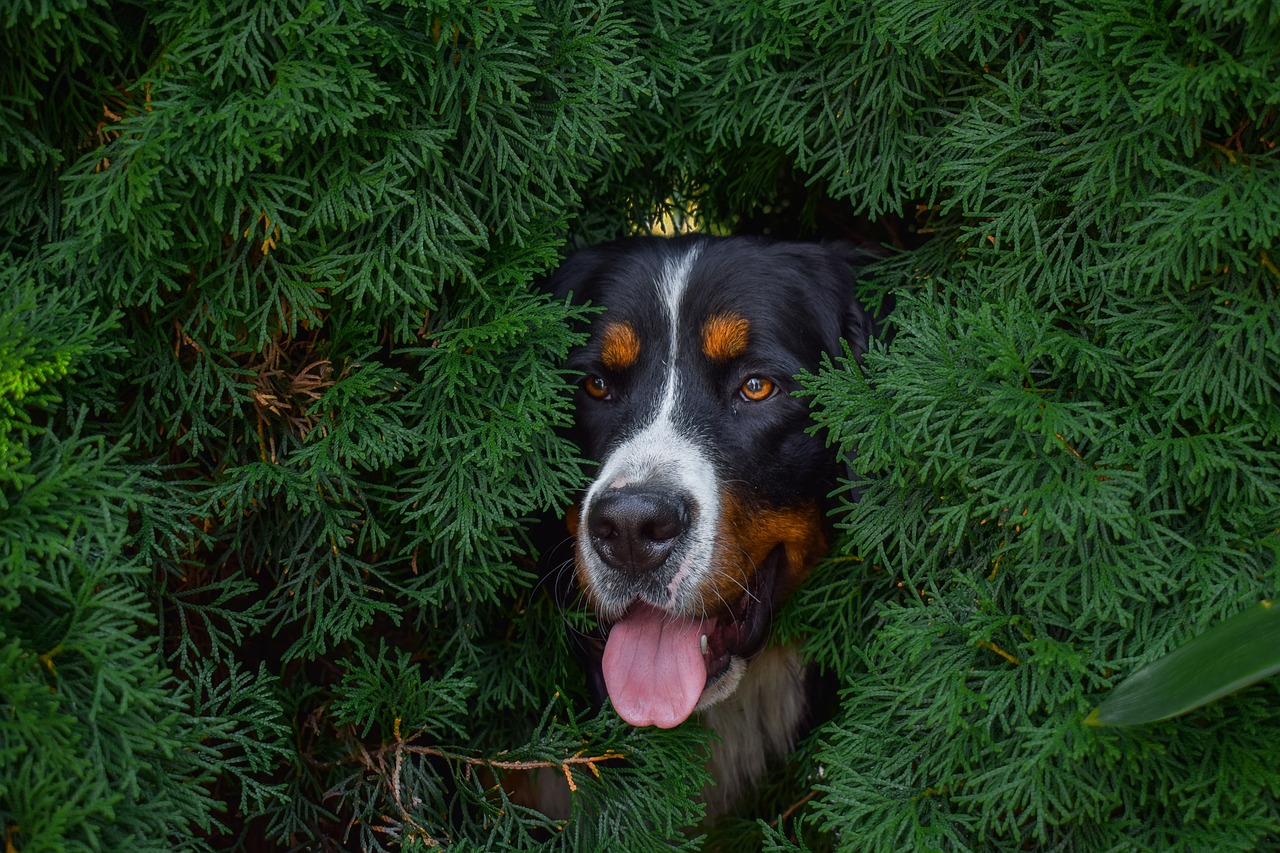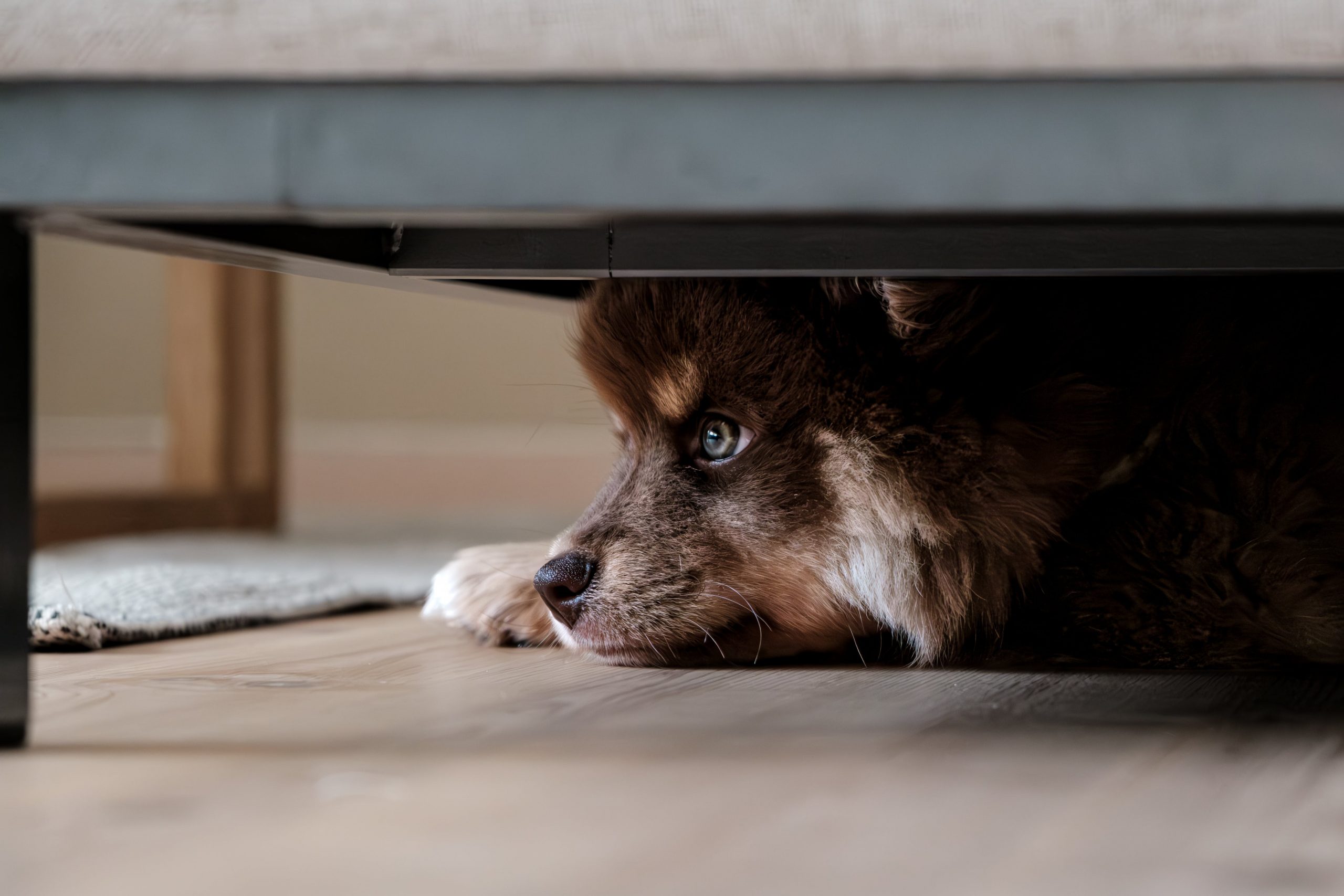Understanding and addressing anxiety in dogs is crucial for their well-being and the relationship between dogs and their owners. Anxiety in dogs can stem from various factors, including separation from their owners, loud noises, unfamiliar environments, or changes in routine. These stressors can lead to behavioral and physical signs that, if not properly managed, can affect a dog’s quality of life. Recognizing the signs of anxiety in dogs allows owners to take steps to alleviate their pet’s stress, whether through behavioral training, environmental adjustments, or seeking professional advice. This article explores five key signs that indicate a dog is experiencing anxiety, offering insights into their causes and implications. By identifying and understanding these signs, owners can ensure they provide the supportive and nurturing environment their dogs need to thrive.
1. Excessive Barking or Whining
Excessive barking or whining, mainly when it occurs without the usual triggers, can indicate anxiety in dogs. This behavior often manifests when a dog is left alone (separation anxiety) or is exposed to unfamiliar or stressful situations. The vocalizations are a way for dogs to express their discomfort and seek attention or help from their owners. Continuous barking or whining should be addressed promptly, as it indicates that a dog is under stress and can lead to further behavioral issues if left unmanaged.
2. Destructive Behavior
Destructive behavior, such as chewing furniture, digging, or tearing up items around the house, is another indicator of anxiety in dogs. This behavior can occur when a dog is frustrated, bored, or anxious, and it’s a way to release pent-up energy or stress. Dogs experiencing separation anxiety are particularly prone to destructive behaviors when left alone. Recognizing this behavior as a sign of distress rather than mere mischief is essential for addressing the underlying causes of anxiety.
3. Pacing or Restlessness
An anxious dog may exhibit pacing or restlessness, moving around constantly without settling down or finding a comfortable, relaxing spot. This behavior is a physical manifestation of their internal unease and can be seen in dogs dealing with various types of anxiety. Pacing or restlessness often indicates that a dog is struggling to cope with their current environment or situation, signaling a need for intervention to help them calm down.
4. Excessive Licking or Grooming
Excessive licking or grooming is a less obvious sign of anxiety but equally important to recognize. Dogs may lick their paws, legs, or other parts of their body compulsively in response to stress. While grooming is regular for dogs, doing it excessively can lead to skin irritations or infections. This behavior is a self-soothing mechanism, indicating that a dog is trying to calm itself down in the face of stress or anxiety.
5. Avoidance or Hiding
Avoidance behavior, such as hiding under furniture or avoiding interaction with people and other pets, can signal anxiety in dogs. This behavior shows that a dog is feeling overwhelmed and is seeking a safe space to escape from the source of their stress. Dogs that suddenly become withdrawn or show reluctance to engage in activities they usually enjoy may be experiencing anxiety, requiring gentle reassurance and support from their owners.
Recognizing the signs of anxiety in dogs is the first step towards helping them lead a happier, more comfortable life. Excessive barking or whining, destructive behavior, pacing or restlessness, excessive licking or grooming, and avoidance or hiding indicate that a dog may be experiencing anxiety. Identifying these signs early and responding with appropriate interventions—such as environmental changes, training, or consulting a veterinary behaviorist—can alleviate stress and improve the well-being of anxious dogs. Understanding and patience are vital to supporting our canine companions through their challenges.


 Toledo, United States.
Toledo, United States.
